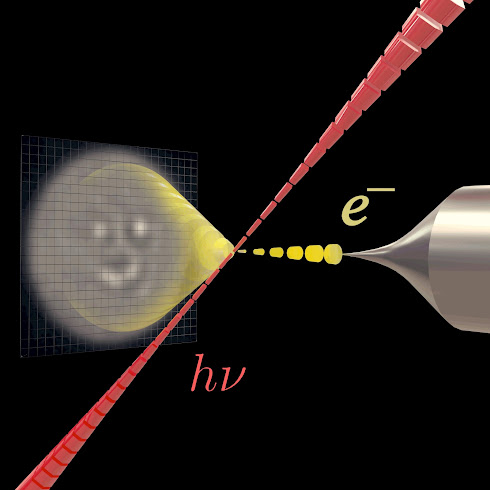Virus capsids can be formed through the self-complementary assembly of a single class of protein molecules. However, mimicking nature by making higher-ordered structures from artificial molecules has proven difficult to achieve. A new assembly method developed by Tokyo Tech researchers can produce stable and controllable supramolecular structures, from hexamers to cuboctahedrons that include 6 and 108 monomer units, respectively, opening doors to metal-free supramolecular assemblies.
Some biological molecules with efficient noncovalent bonding sites can use their bonding properties to create well-defined assemblies from a single class of molecules–i.e., they assemble with each other. These molecules, which are frequently seen in nature, are referred to as "self-complementary assemblies." For instance, the p24 protein hexamer, which is part of the capsid of the HIV (human immunodeficiency virus), is composed of six protein subunits which complementarily self -assemble using many hydrogen bonds. This phenomenon provides well-designed molecules can form higher-ordered assemblies without the metal ions which are commonly used as "joints" between monomer molecules. Indeed, many self-complementary assemblies have been reported on the basis of intrinsic hydrogen bonds, π-interactions, and coordination bonds.
























.jpg)
